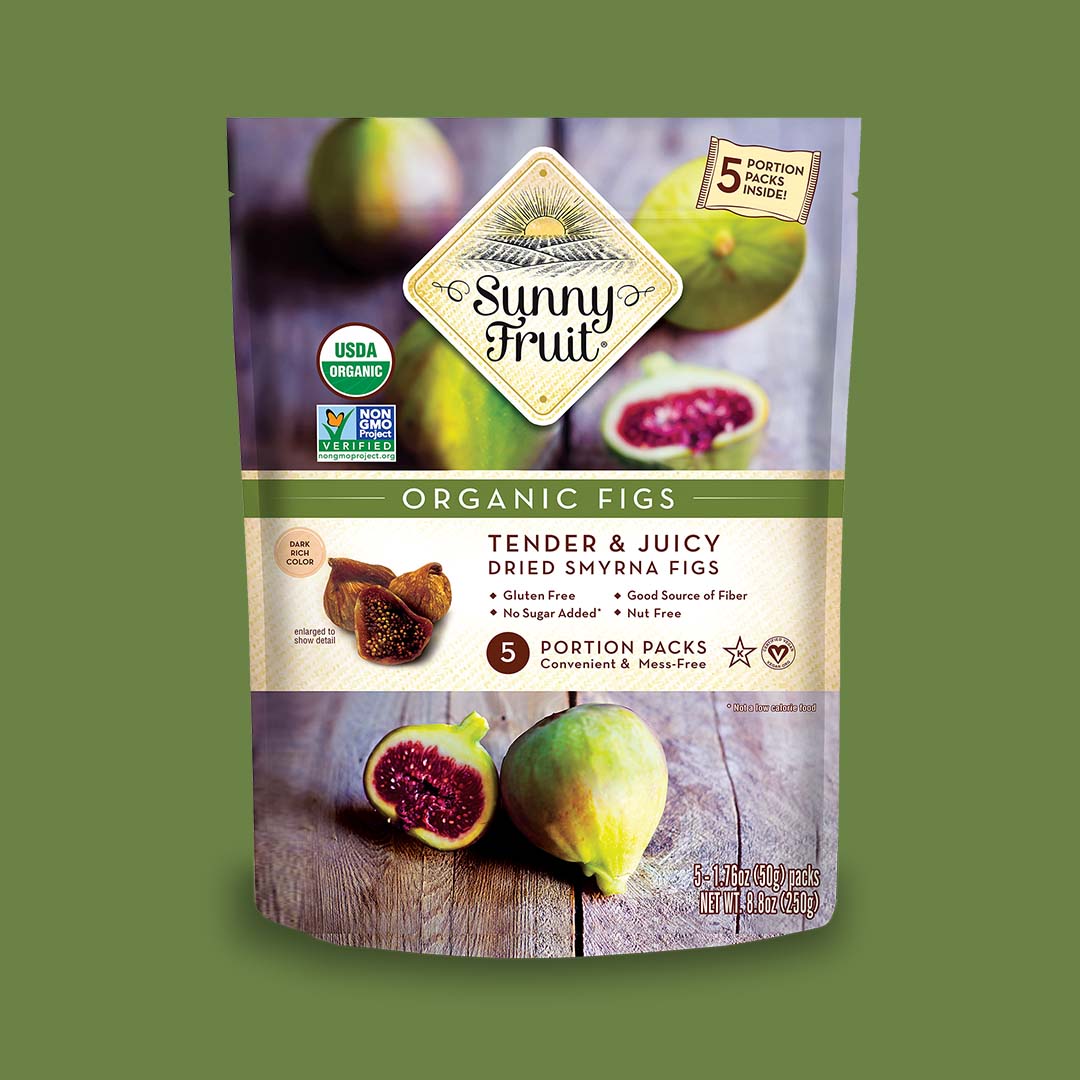Amazoniac
Member
↳ Effects of Prolonged Use of Extremely Low-Fat Diet on an Adult Human Subject
"The diet was limited to sucrose, potato starch, baking powder, sodium chloride, ferric citrate, viosterol, carotene (vitamin A), orange juice, citric acid, anise oil, liquid petrolatum and milk practically freed of its fat. The daily protein intake was derived from 3 quarts of the specially defatted milk, taken as such, and the cottage cheese made from an additional quart of the same milk. Sucrose provided the bulk of the carbohydrate allowance but was supplemented by a biscuit made from potato starch, skimmed milk, baking powder, salt and mineral oil. The mineral oil was added to serve as shortening and to prevent constipation. Daily supplements of 10 mg. of ferric citrate, 2.5 mg. of carotene, 0.02 cc. concentrated viosterol in oil (8000 U.S.P. units vitamin D) and the juice from one-half of a large orange were given to insure an adequate supply of iron and of vitamins."
"That the diet was of the extremely 'low-fat,' rather than the 'fat-free,' type was recognized when the experiment was planned, but experience with crude diets (Burr and Brown, unpublished data) in studies on the rat had shown this to be satisfactory for our purpose. The chief source of fat in the diet was the skimmed milk. Periodic analyses of this milk as specially prepared showed it to have an average fatty acid content of less than 0.08%. This type of fat (butterfat) has been found to be of such low protective or curative value for rats on a fat deficient regimen that the 2 gm. contained in the daily diet of our subject was not considered sufficient to affect seriously the experiment. As potato starch contains only minute traces of fat, the small amount fed was likewise considered unimportant."
"A uniform consumption of food, providing 2500 calories daily, was maintained throughout the experiment. The sugar was taken in the form of a syrup with citric acid or anise added for flavoring. Frequent small meals were found to be most satisfactory. The syrup was taken at hourly intervals from the time of rising until the time of the evening meal. The orange juice was taken at bed time. Cottage cheese with the biscuit and milk comprised the evening meal."



